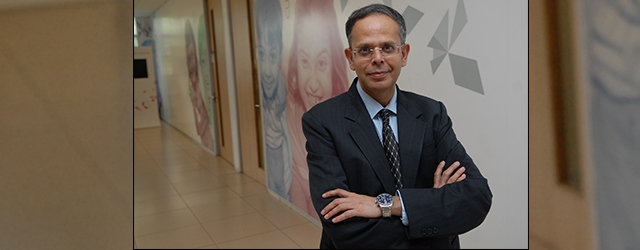Q&A | Capital Markets

Saugata Bhattacharya is the senior vice president and chief economist at Axis Bank in India.
Global Finance: For the first time in November, the International Finance Corporation listed rupee-denominated bonds in London. How significant is this in terms of the internationalization of the Indian currency?
Saugata Bhattacharya: The listing is part of a continuing process of diversification of investor classes in Indian-rupee-denominated (INR) issues. This is consistent with the roadmap for the gradual opening up of India’s capital account and its integration with global capital markets.
GF: Are the conditions right for greater rupee internationalization?
Bhattacharya: India’s macroeconomic fundamentals have improved significantly over the past year, enabling this gradual transition to fuller capital convertibility. The INR has been stable compared to many of India’s emerging markets peers, indicating increased investor confidence in India’s risk profile.
GF: What do you think the next steps in this internationalization process might be?
Bhattacharya: A calibrated liberalization of India’s capital account, consistent with risk absorption capabilities, will facilitate increasing INR internationalization. The Indian government and the Reserve Bank of India have prudently managed [against] India’s external environment and have recently introduced a new monetary policy framework aimed at reinforcing price stability. This complements ongoing domestic policy reforms and the buffer of larger foreign exchange reserves. One important step on the way to facilitating the access of Indian corporations to global capital pools is the inclusion in benchmark global bond indices. This requires developing and deepening the bond, currency [and] derivatives markets in India.


